
Police Chief David Kunkle has apparently been motivated by a website that he claims features two of the apprehended suspects. Kunkle argues that anyone who would post their work on such a site, (presumably because the site pokes a bit of fun at the police) must have “a lack of respect for the community,” and they are in fact making “an arrogant in-your-face kind of statement.” Kunkle has taken it personally. He has asked the district attorney not to accept plea bargains in any of the pending cases. Sites that feature graffiti, and you know who you are, beware of the message that you may be promoting–according to Kunkle it cannot be celebatory or positive.
These arrests come on the heels of Borf’s, or as he has now become known, John Tsombikos, arrest and consequent trial. He, in fact, did put in a plea of guilty to one count of felony destruction of property, a charge that carries a maximum prison term of 10 years and a fine of as much as $5,000. Though he answered routine questions at his trail he never had to directly mention any of the actions that put him in court. He is expected to do so however at his sentencing hearing on Feb. 9, 2005.
As part of his plea Tsombikos has agreed to clean graffiti for 80 of the 200 community service hours that he has, on top of $12,000 in fines. Jail time, if any, will not be known until the Feb. 9th hearing. According to another part of his plea, Tsombikos is not allowed to carry any art supplies on his person while attending art classes at Corcoran College of Art and Design.
In both of these cases, I cannot help but notice a serious sort of personal satisfaction in bringing these kids to “justice.” Dennis Butler, the D.C. public official in charge of cleaning up graffiti stated that he would give Tsombikos the remaining “Borf”graffiti to clean up, claiming that it was “unwanted art,” going on to say that, “let him see the headaches we went through to keep the city clean with his miscellaneous antics.” Though Butler admitted that Borf “was very good at what he did,” he would never consider that it might have been warmly received by the community. I suspect that many more individuals hold the same feelings as these responders who wrote back to an ARTery post about Borf, but such views are not easily heard through the one-sided reporting about graffiti.

Case in point, this article writes about it “as a therapeutic form of expression,” but then they can’t help but add that it is “often a springboard for youngsters into a life of crime.” This particular piece had several compelling comments that at least broadened the discussion on graffiti. Alex Avila, a Cultural Director for the Arts Council for San Benardino, stated that “it can also be a child’s plea for help or a way of processing the struggles of life.” She went on to suggest that community based programs “build confidence in the kids,” and “allow them to take ownership of something and bring awareness to the community.” Though some of her comments entangle themselves in the dangerous logic of “redeeming wayward youth,” she at least points out that a lot of what is at stake is explicitly about ownership.

On a final note, the WoosterCollective site has begun to map out where graffiti arrests have occured in NYC area. This is an excellent project and it may make more transparent which communities have been targeted by the Vandal Squads.
(also thanks to Wooster for the first image)
Arresting Graffiti
December 23, 2005
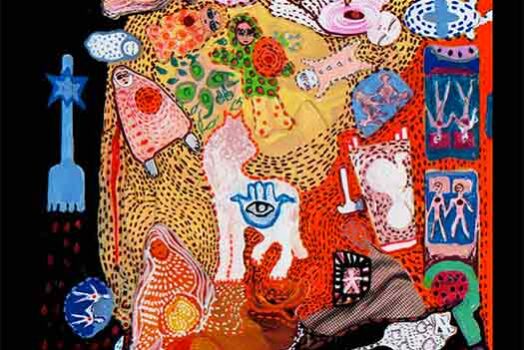
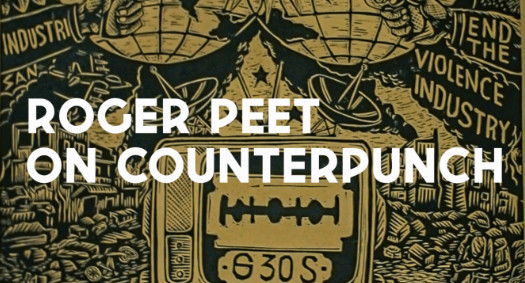


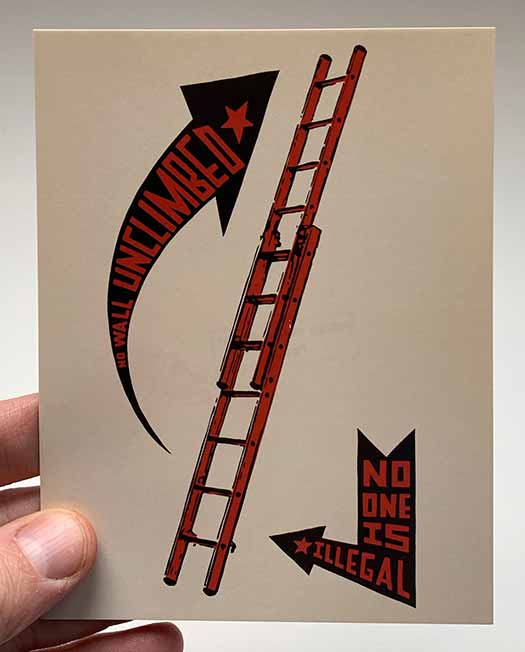
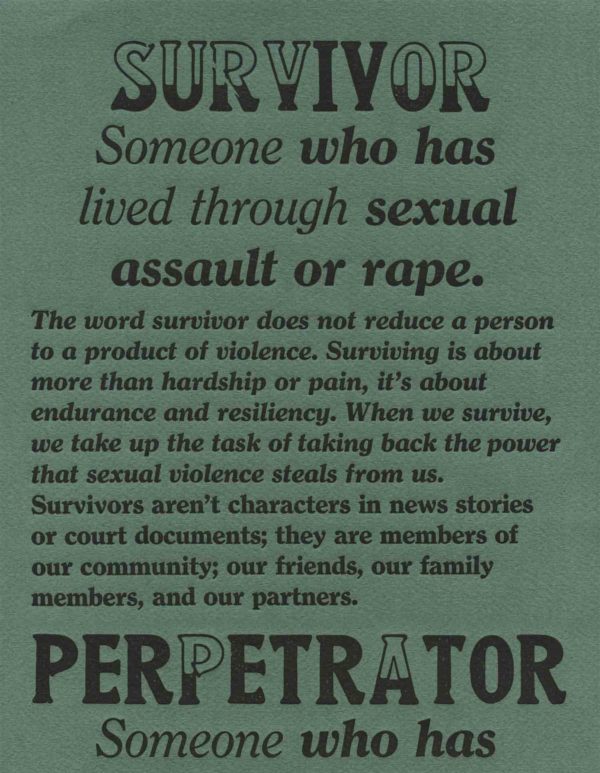
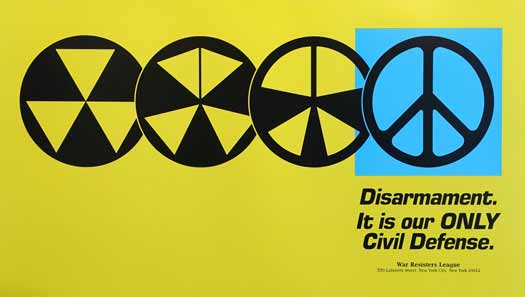
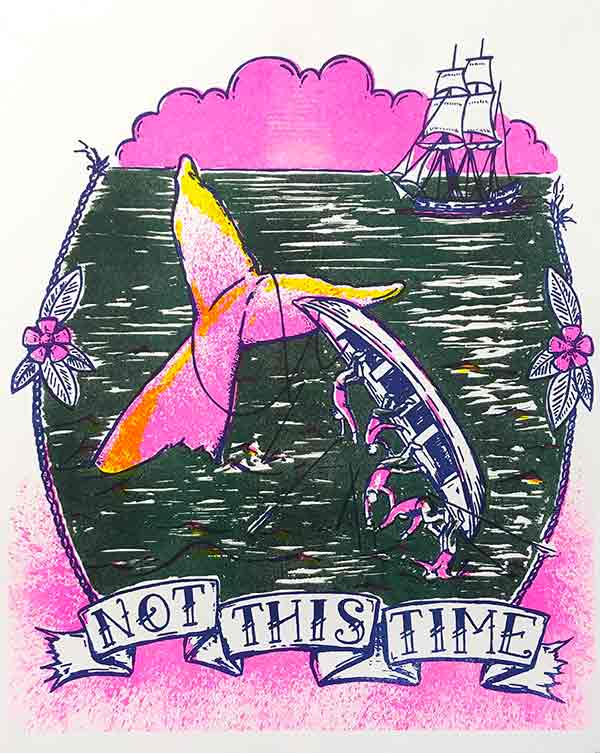
“it can also be a child’s plea for help or a way of processing the struggles of life.”
I couldn’t agree more with the second half of this comment.
And it just stresses what Josh Macphee has expressed in his last lecture and slide show he gave in NYC, that graffiti is a democratic form of communication. It is when these insitutions are successfull at repressing, even, the urge to communicate in public. It is clear that if Police Chief Kunkle, the property “owners”, and advertisers have their way, there will be very little dialogue in public.
Write on.
an art student, by court order, not allowed to carry art supplies to and from class–sounds straight of a vonnegut story. following up with you elliot on that earlier post, while some might have felt let down by what vpnnegut said in that speech, i think he was challenging people to find another route to bring humanity back together. i think in that link i sent you guys, he says music/ear candy can do it. myself, eyecandy like TVboy’s can do it as well.